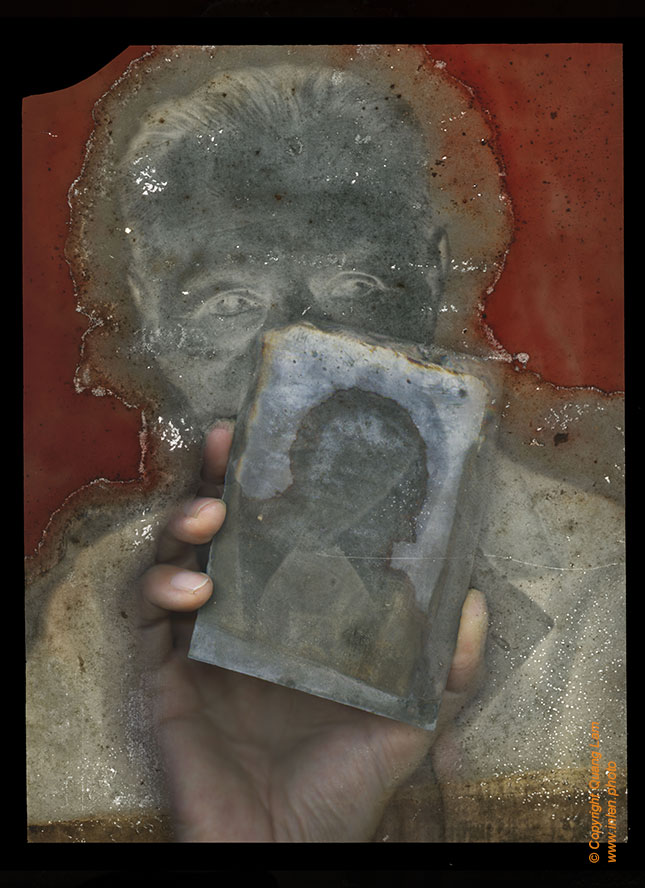Additional information
| Format | |
|---|---|
| Photographer |
$500.00
Photographer Quang Lam tells the context for this photo.
“This series visually narrates my journey across a land of Chinese migration with my research of the ancestors’ tombs in Bac Lieu. According to family records, our ancestral vault is situated in the tranquil village of Hoa Binh,
This small family village has transformed now into a bustling town, and the thin information I had was that the tombs now reside within a Cambodian cemetery—it felt akin to searching for a needle in a haystack.
Asking for clues to the locals, I unexpectedly stumbled upon a rare collection of glass negatives from a photography studio in an antiquarian shop. It seemed as though my ancestors sought to reconnect with me through these haunting images, reminiscent of the concept of memento mori.”
| Format | |
|---|---|
| Photographer |
Format A3 (30x42cm)
if the artwork is square, it will be 30cm large
Format A2 (42x59cm)
if the artwork is square, it will be 42cm large
Others formats : bigger formats up to 1 meter are available. Please send us a request
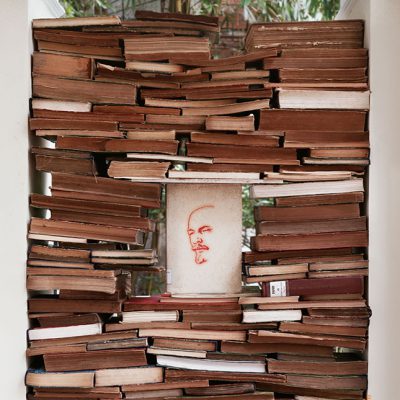
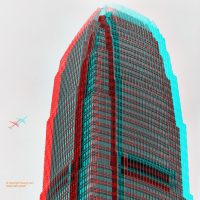
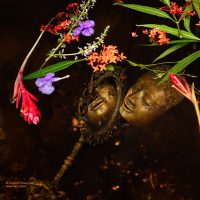
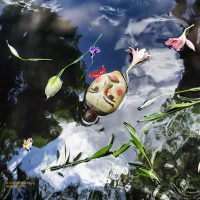
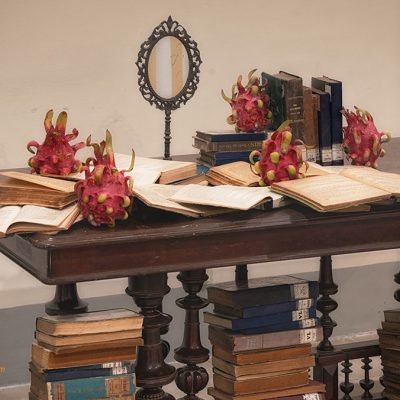
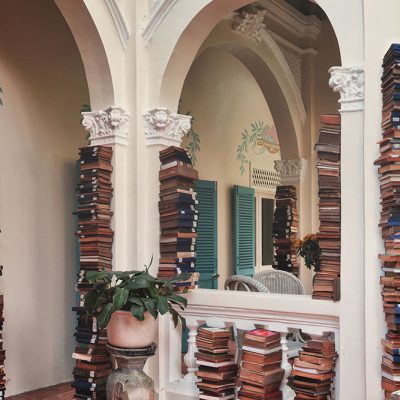
You can see this artwork in the whole context of its series. You also can order the following photos which are at a similar price
Photographer Quang Lam delves into the profound context behind his latest series.
“It all began with my exploration of my family’s ancestral tombs in Bac Lieu. According to family records, our ancestral vault is situated in the tranquil village of Hoa Binh, in the sub-prefecture of Vinh Loi, Bac Lieu province. My father was born in this village, which is home to around 2,000 residents and lies just 5 kilometers from the coast. Hoa Binh is located 11 kilometers from the town of Bac Lieu, along the road that connects Bac Lieu to Ca Mau.
The remains of my great-grandfather, LAM Van Nhu, and my great-grandmother, NGUYEN Thi Hue (who passed away in 1951), are interred there, along with those of our paternal great-grandmother.
She was was married twice: first to Mr. TA, establishing the elder branch of our family, and after his passing, to Mr. LAM, who was also Teochew Chinese. The TA and LAM families have long been regarded as the wealthiest in Hoa Binh.
Over the century, this small family village has transformed into a bustling town, and the thin information I had was that the tombs now reside within a Cambodian cemetery—it felt akin to searching for a needle in a haystack.
This series visually narrates my journey across a land of Chinese migration that began in the late seventeenth century. The Nguyễn lords extended invitations to Chinese refugees to settle in emerging towns like Mỹ Tho and Biên Hoà, establishing a lasting Chinese presence in the Mekong Delta which is still also maintaining its originial khmer culture.
In my search, I unexpectedly stumbled upon a rare collection of glass negatives from a photography studio in an antiquarian shop. It seemed as though my ancestors sought to reconnect with me through these haunting images, reminiscent of the concept of memento mori photography which are post-mortem photos to commemorate those who had passed, honoring their memory while encouraging the living to contemplate the inevitability of death.”
Amid the backdrop of the Bac Lieu region, where lush mangroves meet the expansive coastline of dark soil, the landscape offers a tranquil space for contemplation of Nature.



